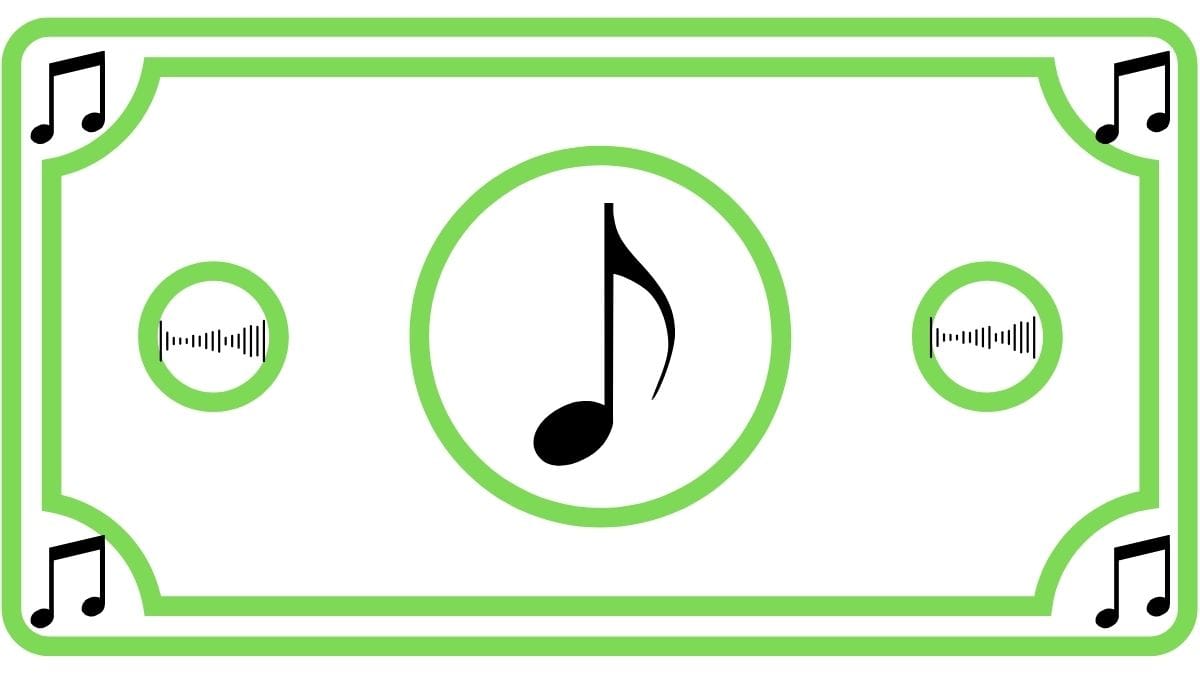Turning Music Fans into Consumers is Focus of Report from Vevo
64% of fans were more favorable to brands aligned with artists and the industry

The goal of marketing is to find things that will compel consumers to buy their products. Lots of people claim to know and media companies and researchers turn out reams of reports with statistics and graphs showing that certain programming, advertising or messaging resonates with the audience and magically gets them to open their pocketbooks.
A new report from music video company Vevo makes the case that music fandom runs deep and can be influential beyond what people choose to listen too.
The commercial power of music is evident. Just look at the release of Taylor Swift’s new album Life of a Showgirl. Is there a better marketer than Taylor Swift? Not only did Swift fans buy 2.7 million physical and digital copies of the album the day it was released, but they trekked to movies theaters to watch a film, The Official Release Party of a Showgirl, generating another $34 million at the box office in the U.S. over the weekend and about $50 million globally.
The report from Vevo, based on a survey of more than 6,000 fans in the U.S., U.K. and Australia plus Vevo viewership data and analytics, looks at music as a cultural currency and how that turns into purchase power that can be harnessed.
“Fandom today is more than a personal interest, but a cultural signal,” said Natasha Potashnik, Head of Data, Research & Measurement, Vevo. “It’s how people express who they are, what they stand for, and where they belong. Music videos are at the center of this expression, offering fans a canvas for identity, representation, and connection. The findings in this report help us understand how those connections translate into real-world influence – especially in regards to the Vevo business, which partners with both advertisers and artist teams looking to strategically align with these moments and create lasting impressions.”
According to the study, 83% of fans see music videos as essential to pop culture, 76% say they are diverse and representative of the world around them and 64% describe them as reflective of all parts of their identity.
Fans cited music as making them feel connected to the world more often (65%) than sports, news or gaming.
According to Vevo there’s a path from music fandom to consuming that runs from watching videos on streaming apps (52% of fans do this), to searching on social media (44%), revisiting favorite content (35%) and finally purchasing licensed products (27%).
Brands can take advantage of fans' devotion to music. The survey found that 69% of fans said they were more likely to spend on brands supporting their communities; two in three were swayed by ads around music videos; and 64% of fans were more favorable to brands aligned with artists and the industry.
“As media consumption becomes more fragmented, fandom remains a unifying force,” added JP Evangelista SVP, Content, Programming & Marketing, Vevo. “For artists, it’s the foundation of career longevity. For brands, it’s a gateway to relevance. Whether you’re an artist planning a release or a brand looking to engage audiences, understanding fandom is essential to building lasting connections”
# # #
A study from Dish Media says that there is a sizable number of consumers who can be reached only by addressable TV.
According to the study, which was done by Dish and Janus Strategy and Insights, there is no way other than addressable advertising to reach 13% of U.S. adults, or 31.6 million people. Those people are light TV viewers.
“This study clearly proves the impact and power of incorporating deterministic addressable TV into media plans to earn additional revenue gains,” said Tom Fochetta, senior VP at Dish Media. “With Dish and Sling TV, we’re able to deliver deterministic insights that power effective targeting and measurement solutions. This is where outcome-based planning becomes reality and addressable TV becomes a foundational part of every advertiser’s strategy.”
New modeling from Dish Media shows that reallocating 10% of a campaign budget to addressable TV delivers double-digit gains in light TV viewer reach.
“Whether an advertiser is shifting dollars from traditional TV or streaming, addressable TV delivered consistent, measurable impact,” said Howard Shimmel, president of Janus Strategy & Insights. “This proves that addressable TV is no longer an add-on, it’s a crucial and smarter allocation strategy with immediate business returns.”
Janus Strategy looked at campaigns with different budgets. Whether a client planned to spend $500,000 or $10 million, the study found penetration levels ranging from 15% to 25% targets. Shifting 10% of the budget from either streaming or traditional TV to addressable TV resulted in reach lifts on average of 38% among light TV viewers and 18% among in-target consumers. These gains translated into a projected $102 million in incremental revenue across major consumer categories.
The study also highlights the advantage addressable TV provides in delivering accurate audience matching. Most streaming platforms rely on probabilistic signals like IP matching, which erode over time and reduce campaign accuracy, according to the Dish Media study. In contrast, deterministic addressable TV uses subscriber-verified data to deliver consistent match quality and sustained performance.
PEOPLE NEWS
Teddy Jawde was named senior VP of product management at tvScientific. Jawde was previously cofounder and head of product at Yieldmo.
Michael Drankwalter joined Tenetic as VP of national sales. Drankwalter most recently served as head of media sales at Verisk Marketing Solutions.

